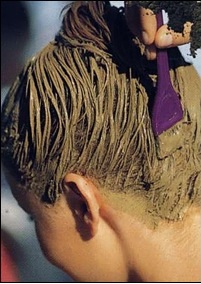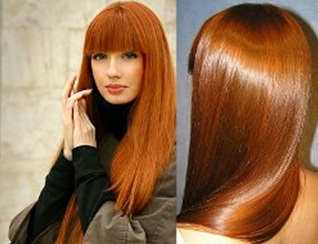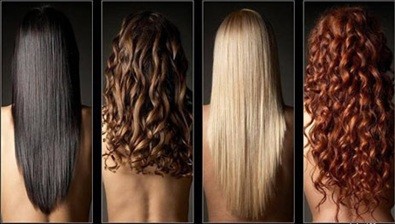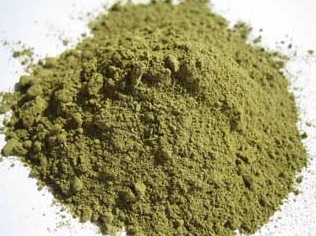
There are a large number of people who have begun using henna for hair dyeing purposes. However, it is important to keep in mind that not all products which state that they use henna actually use this natural plant dye. Henna hair dye in its true, natural, form does not damage the hair. In fact, it will strengthen your hair. Usage of real henna for hair dyeing purposes provides benefits to the hair. Chemical dyes do not.
Henna hair products vary in their nature and color. The hair becomes stronger, and more resistant to infestation from lice and ringworms. These benefits only occur when using true henna for hair dyeing. Some products claim to be henna but do not contain any actual henna. These products often contain metallic salts and chemical dyes. The end result can be quite damaging to your hair despite the henna label.
There are three main types of henna for hair. These types of dye are neutral, black, and red. The only color among these that is truly 100% henna is the red version (Lawsonia Inermis). Neutral henna is actually derived from a plant known as Cassia Obovata. This plant contains a gold colored molecule that works well for brightening blonde hair. It also contains Chrysophanic acid, an anti-microbial and anti-fungal substance. Black henna is also known as Indigo. The reason for this is that black henna is derived from the Indigofera Tinctoria plant. It is actually a dark blue dye that is so blue that it looks black. Neither of these hair dyes harms the hair and will provide all-natural dyeing capacity.

Now that you will not be fooled by fake henna products that might damage your hair, it is time to determine how to mix henna for hair dyeing purposes. Some products that claim to be henna include other plant based substances that may not be damaging to the hair. These come pre-mixed for brown or auburn hair. However, mixing henna for hair color is not particularly difficult. One common method of mixing henna for hair dyeing is to dye the hair with black henna first, then use true red henna to create blue-black hair.

Using natural henna for hair is best however. Mixing in certain items like mustard seed oil, lemon juice, or yogurt into the paste you are creating will provide benefits as well. For instance, if your hair is dry or brittle then adding mustard oil to henna for hair dyeing purposes will help alleviate that. The lemon juice is good to add to your henna for hair that is naturally oily, while yogurt works to alleviate dandruff. If you seek a slightly darker tint adding gooseberry powder to the mix will provide that for you. It is important to perform a strand test with a small section of hair before applying henna for the first time. If you show signs of allergic reactions then you will need to avoid using henna for hair dyeing purposes.


